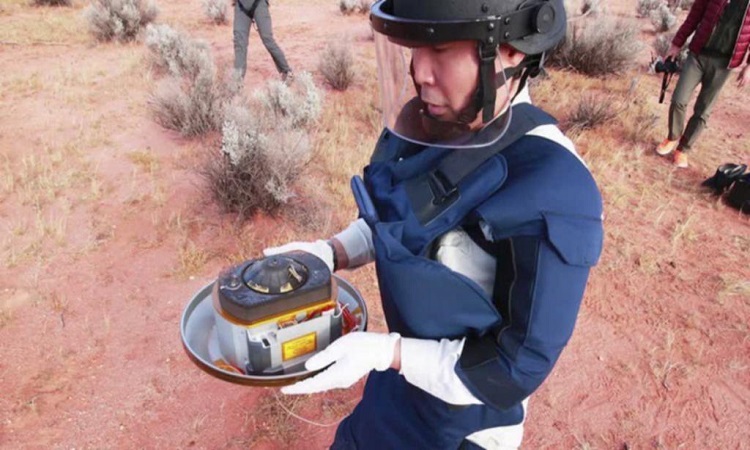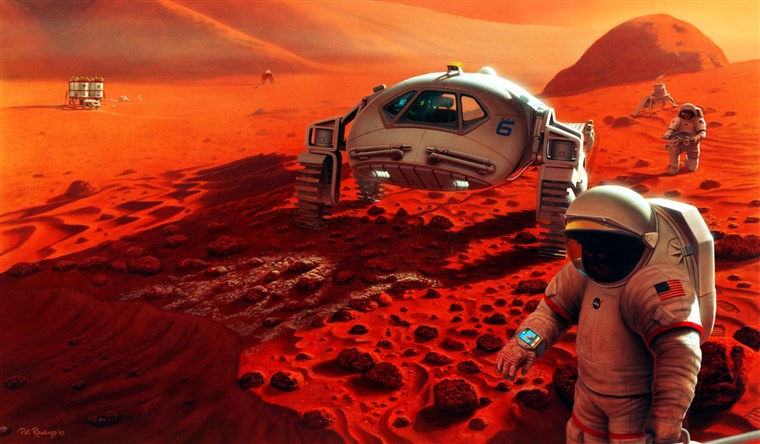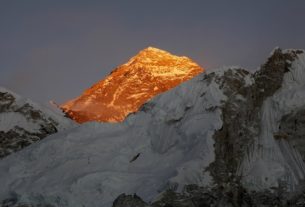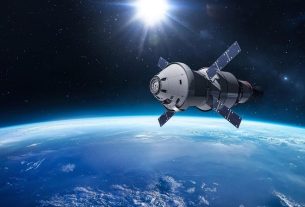The Hayabusa-2 probe returned to Earth on December 6 with samples of the asteroid Ruygu in its luggage. Japanese researchers have just confirmed the “extraterrestrial” content of the capsule, stressing in passing that the probe has also collected more material than expected.
A few years ago, JAXA, the Japanese space agency, set a big goal: to collect and bring back to Earth asteroid samples. With that in mind, the agency set its sights on an object named Ryugu, a rock 900 meters in diameter found about 350 million kilometers from our planet. Then she developed a probe, named Hayabusa2.
Launched in 2014, it finally joined the object in 2018, before landing on it twice the following year. During these maneuvers, samples were successfully collected, both on the surface but also at a depth of a few centimeters. In November 2019, the Hayabusa2 probe then began its return journey to Earth. It finally dropped its sample capsule on December 6 in southern Australia.
Dust, stones and gas
A few hours ago, JAXA shared several photos of these samples with us, confirming their “extraterrestrial” nature. We then discover dust and small “pebbles” as large as coffee beans (header photo).
According to the Japanese agency, the probe also managed to “catch” some gas from the asteroid’s surface, which has never been done before. Speaking to reporters, Hayabusa2 project director Yuichi Tsuda described the mission as “a major scientific milestone.”
In addition, the probe also collected more material than expected, which is another very good news. JAXA researchers will thus be able to broaden the scope of their work and possibly share these elements with outside experts, including those from NASA.
Note that the material analyzed here is that collected on the surface of Ryugu. The second storage chamber containing the underground material, which was gathered during the second “touch” of the probe, has not yet been opened. However, JAXA plans to do so next week.
These 4.6 billion-year-old virtually “virgin” samples could provide clues to the formation of the solar system. They will also help determine the role played by these carbon-rich objects in the appearance of life on Earth.
As for Hayabusa2, it is continuing its course today and is now targeting a new target: the asteroid 1998 KY26, a rapidly rotating rock about thirty meters in diameter positioned between the orbits of Mars and Earth. The space probe should be able to reach it in 2031.




